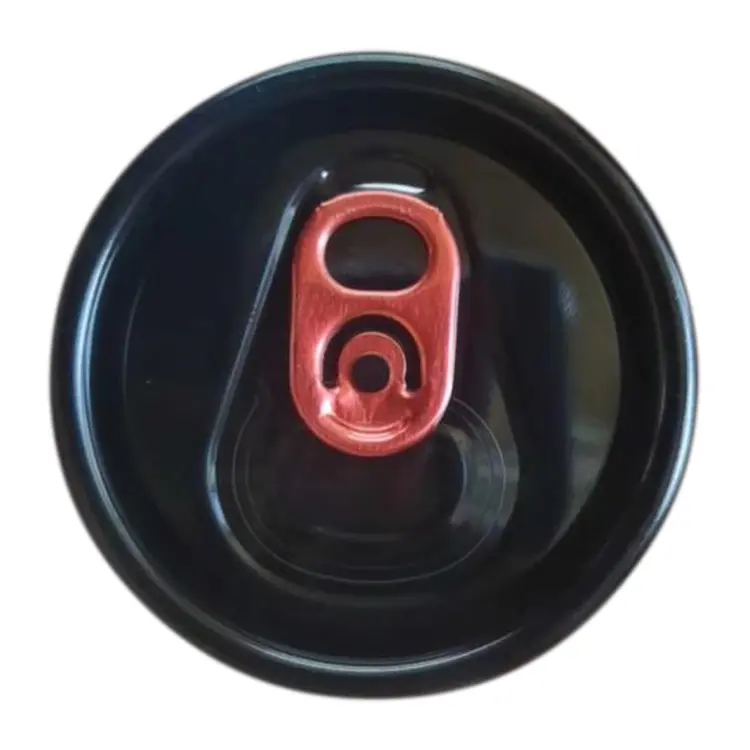In the beverage and food packaging industry, every component plays a role in product integrity, brand image, and consumer experience. While the can itself is a marvel of engineering, the aluminium can lid is a highly specialized piece of technology that is often taken for granted. For manufacturers and beverage companies, choosing the right lid is a strategic decision that impacts everything from shelf life and safety to production efficiency and sustainability goals. Understanding the advancements in this technology is key to maintaining a competitive edge in a fast-paced market.
Why the Lid Matters
The aluminium can lid is far more complex than it appears. Its design is a result of extensive engineering to meet critical industry demands.
1. Ensuring Product Safety and Freshness
- Hermetic Seal: The primary function of the lid is to create an airtight, hermetic seal. This seal is crucial for preserving the product’s flavor, carbonation, and nutritional value while preventing spoilage and contamination from external factors.
- Tamper-Evident Design: Modern lids are designed to be tamper-evident, providing a clear visual cue if the seal has been broken. This is a vital feature for consumer safety and brand trust.
2. Driving Production Efficiency
- High-Speed Integration: Capping machines operate at incredibly high speeds, sealing thousands of cans per minute. The lids are engineered with precise dimensions and tolerances to ensure they feed correctly and form a perfect seal without slowing down the production line.
- Consistent Quality: A uniform, high-quality lid reduces the risk of defects and product recalls, minimizing waste and maximizing production yields.
3. Sustainability and Brand Image
- Lightweight and Recyclable: Aluminium is infinitely recyclable and lightweight, which reduces shipping costs and a product’s carbon footprint. The lid is a core part of this sustainability story.
- Customization for Brand Identity: Lids can be customized with different colors, pull-tab designs, and even printing on the underside. This provides a unique opportunity for branding and consumer engagement.
The Latest Innovations in Lid Technology
Recent advancements have focused on enhancing both consumer convenience and sustainability.
- Full-Aperture Lids: These lids allow the entire top of the can to be removed, offering a unique drinking experience.
- Resealable Lids: For beverages meant to be consumed over time, resealable lids provide a practical solution for on-the-go consumers.
- Sustainable Coatings: New, eco-friendly coatings are being developed to reduce the environmental impact of the lid’s manufacturing process.
Conclusion: A Small Component with a Big Impact
The aluminium can lid is a prime example of how a small, precision-engineered component can have a monumental impact on a business. Its role in product safety, operational efficiency, and sustainability makes it a strategic choice, not just a commodity. By partnering with a manufacturer that prioritizes quality, innovation, and reliability, you can ensure your products are sealed for success, from the factory floor to the consumer’s hand.
FAQ
Q1: Are all aluminium can lids the same size?
A1: No, can lids come in a variety of standard sizes, but the most common are 202 (used for most standard cans) and 200 (a smaller, more efficient size). Manufacturers need to ensure the lid size matches their can body and filling line equipment.
Q2: How does the lid’s design affect the can’s internal pressure?
A2: The lid’s design and the seaming process are critical for withstanding the internal pressure of carbonated beverages. The specific shape and strength of the lid are engineered to handle this pressure without deforming or failing.
Q3: What is the “seaming process”?
A3: The seaming process is the technical term for how the lid is attached to the can body. It involves a machine rolling the edges of the lid and can body together to form a tight, airtight double seam. A precise and consistent seam is essential for a safe, secure seal.
Post time: Aug-25-2025








